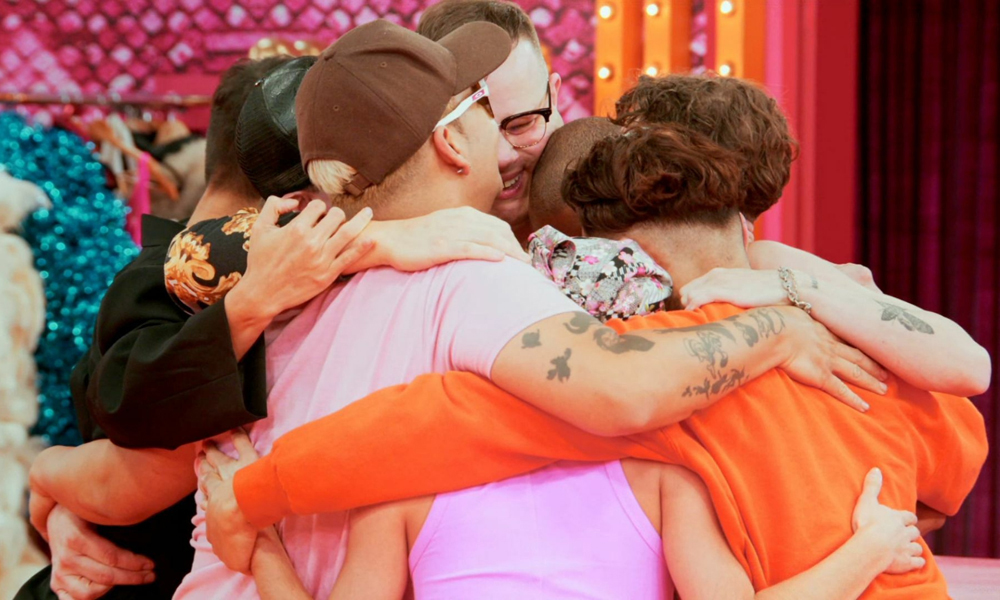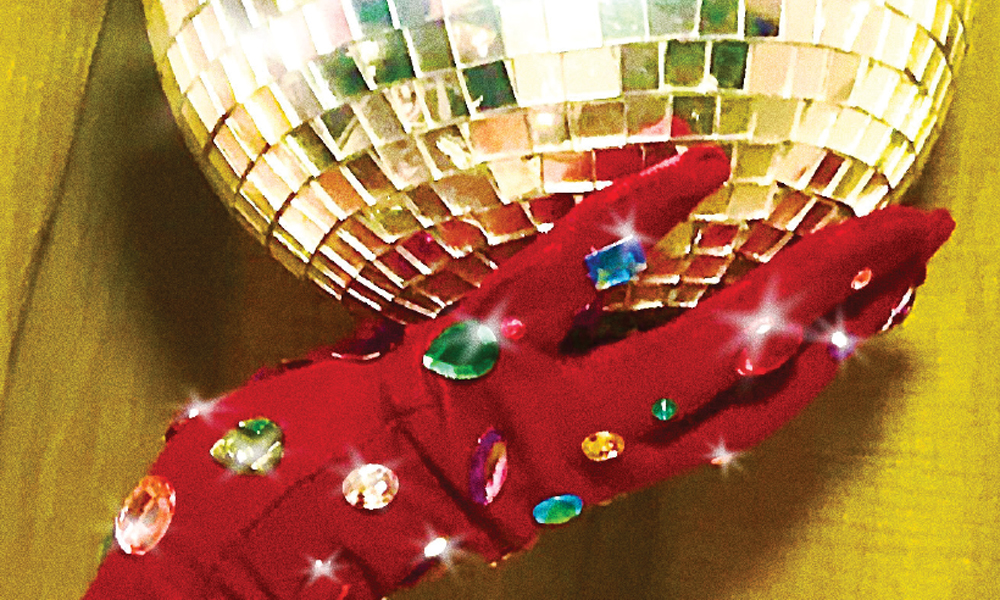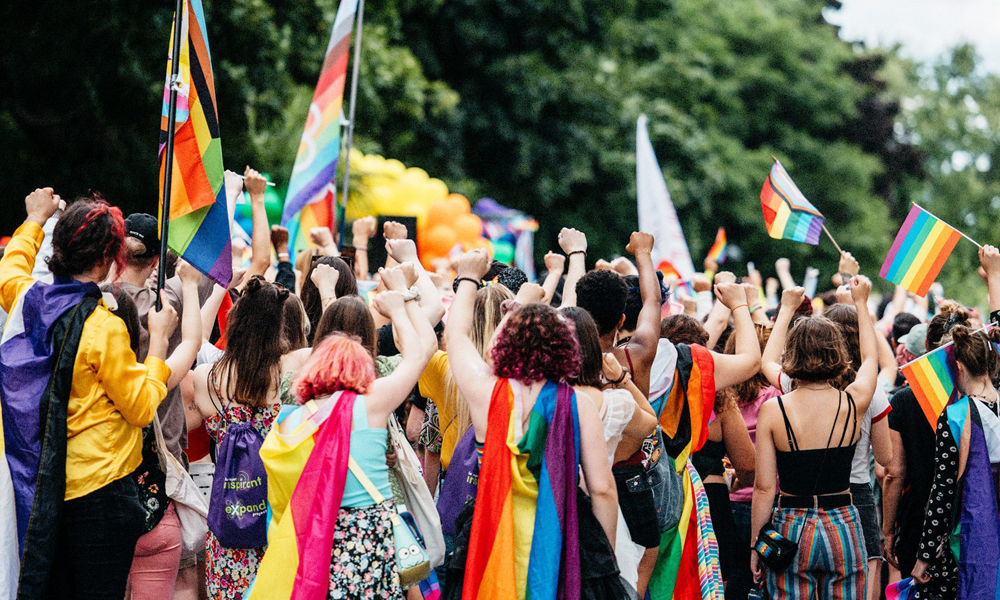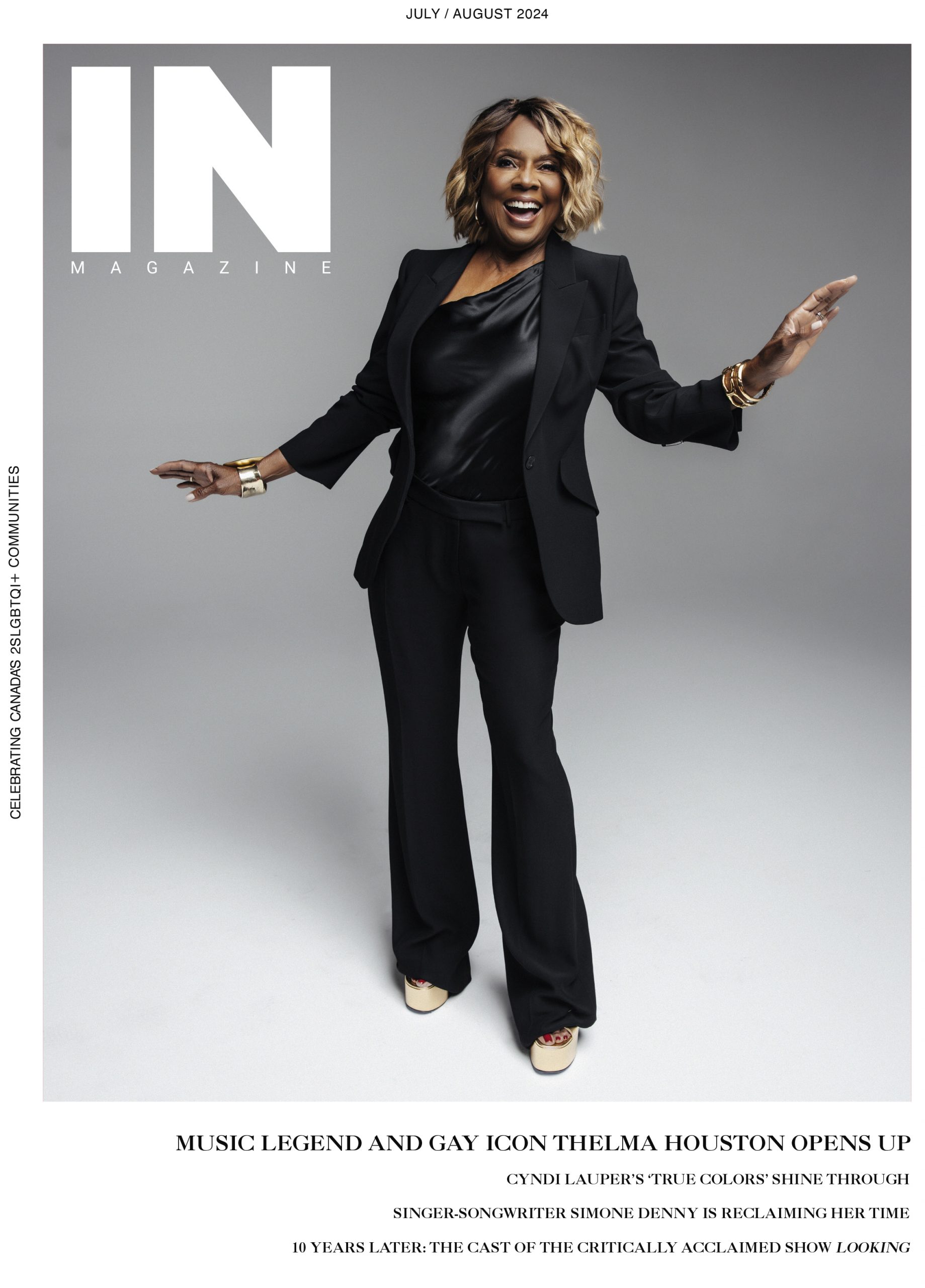There’s a mental health crisis within the gay community…
By Adam Zivo
Though gay men are now widely accepted by Canadian society, they nonetheless continue to face community-specific challenges that are often ignored. Mental health is one such challenge, as gay men consistently report having poorer mental health than their heterosexual counterparts, including higher rates of mood and anxiety disorders. Unfortunately, public funding for gay health care is scarce, particularly for mental health, and while the investments needed to fix this are relatively modest, there appears to be a lack of political will to make that happen.
How bad is mental health in the gay community? A 2017 study published in the American Journal of Men’s Health notes that gay men are three times more likely to experience depression compared to the general population, and, as a result, are at a much higher risk for suicide. Gay men who consider suicide often do so with a noticeably higher intention to die compared to their heterosexual counterparts.
Poor mental health also fuels substance abuse, which poses unique problems for Canada’s gay community, which is currently experiencing a protracted crystal meth epidemic. This epidemic, which is mirrored in gay communities in the United States and United Kingdom, stems from the popularity of chemsex (mixing sex and meth) and has been quietly poisoning gay spaces for at least a decade, ruining countless lives. Unfortunately, this has not been widely noticed by Canadian policy-makers or covered in non-LGBTQ media outlets.
As poor mental health is often at the root of addiction issues, the meth epidemic adds another, community-specific dimension of harm to Canada’s gay mental health crisis.
It is unclear why gay men struggle with poor mental health. Some psychologists have argued that, because gay men are prone to having adverse experiences in their childhood, their mental health tends to be hindered early in life, leading to compounding problems in adulthood. Others have explored the impact of “minority stress” – a phenomenon wherein societal homophobia creates small day-to-day stressors that accumulate over time and amplify other health issues. “Minority stress” has been well-studied but remains poorly understood. Being relatively vague, it is difficult to test empirically.
Little research has been done to explore how the gay community’s internal dynamics may also exacerbate poor mental health. For example, gay culture tends to place ruthless pressure on men to be aesthetically perfect, predisposing them to eating disorders and body dysmorphia. A 2016 study published in the Archives of Sexual Behavior suggests that body dissatisfaction is discernably higher among gay men and tied to higher rates of depression.
Some elements of gay culture also celebrate toxic forms of social engagement, prioritizing antagonistic, rather than constructive, approaches to conflict (e.g., celebrating “throwing shade” and “reading” people) – but the potential mental health impacts of this have not been studied yet.
It is understandable that there is scant research into how toxic elements of gay culture impact mental health. Critically studying gay culture requires a foundation of community knowledge that many researchers do not have, and there is always a risk of pushback from those who perceive criticism of gay culture as inherently homophobic.
Whatever the reasons behind gay men’s poor mental health, one thing is clear: the problem is being inadequately addressed by the Canadian government. While mental health has become a popular topic among Canadian policy-makers, little effort has gone into understanding, let alone tackling, its unique intersections with gay men.
Gay-specific health care is critical
Research shows that heterosexual healthcare providers consistently express biases against LGBTQ patients, especially gay men. These healthcare providers also often lack knowledge about the prevailing norms, pressures and experiences that inform gay mental health.
Can a heterosexual health provider fully support a gay man experiencing substance abuse issues or body dysmorphia if they are unaware of how drugs and body aesthetics are understood within the gay community? Sometimes yes, but sometimes no.
Helpfully, Canada’s psychiatric hospitals sometimes offer LGBTQ-specific programs. For example, the Centre for Addiction and Mental Healthh (CAMH), a prominent hospital in Toronto, offers LGBTQ-friendly group therapy for substance abuse through its Rainbow Services program. However, programs like these tend to have a narrow scope and so may not be an ideal solution for gay men who are seeking holistic support for mental health. They may also be inaccessible to gay men who are reluctant to seek help from traditional healthcare providers due to anxieties over homophobia.
Canada needs robust, gay-specific mental health programs offered by service providers who are deeply embedded within the gay community. That exists, but services are scarce, underfunded, and concentrated in urban areas to such a degree that rural gay men have little hope of accessing support that is fully responsive to their needs.
In British Columbia, the sole organization dedicated to LGBTQ mental health is Qmunity, a Vancouver-based non-profit. Qmunity is not a dedicated mental health service provider; it’s a community space that incidentally provides mental health support. The situation is somewhat better in Toronto, with a small handful of options – such as Rainbow Health, AIDS Committee Toronto (ACT), and The 519 (though The 519, like Qmunity, is also primarily a community space that only incidentally provides mental health services).
Nationally, LGBTQ organizations such as PFLAG and EGALE provide limited mental health support across Canada, even though these organizations are not primarily healthcare providers. Their programming complements local services in urban areas while providing support options to gay Canadians living outside large metropoles.
Overall, these organizations are underfunded and lack the support needed to tackle the gay community’s mental health crisis. They tend to rely on social workers to provide services, rather than psychologists and psychiatrists (though gay men can be referred to the latter). While social workers are integral to community support programs and should not be undervalued, they are generalists who lack the specialized knowledge needed to tackle many mental health issues.
Critical health care is critically underfunded
It is hard to get a sense of how much funding flows through gay health care. There is no central database summarizing how much money is invested into that space. One way to make an estimate is to analyze the size of government grants given to Canada’s gay health organizations, and make rough inferences from there.
Generally speaking, the largest of these organizations receive government funding in the low seven figures. In 2018, the AIDS Committee of Toronto (ACT) received $3 million in government grants, accounting for 60 per cent of its total revenue, while in 2020, The 519 received $2 million in government funds (40 per cent of revenue). Programs that target smaller, niche communities tend to receive six-figure grants – for example, Asian Community AIDS Services received $550,000 in grants in 2019, accounting for approximately 85 per cent of total revenue.
Government grants typically constitute a sizeable chunk of gay health organizations’ revenues, meaning that chronic government underinvestment can be expected to meaningfully impact their service capacity.
After reviewing the publicly available financials of all of the gay health organizations I could find in Canada, I came to the estimate that the total amount of funds invested into LGBTQ health, across all levels of government (federal, provincial and municipal), ranges from $25 million to $30 million per year. However, as many of these organizations serve the LGBTQ community as a whole, such that they allocate only part of their funding to gay-specific programming, I estimate that gay-specific community healthcare investments are likely closer to $10 million per year (and could easily be less than that). Of that amount, only a portion is earmarked for mental health.
Now, $10 million may sound like a lot, but it isn’t. Canada spent $260 billion on health care in 2019 and invested $5 billion in mental health in 2017. Given the scale of funding spent on mental health, it is surprising to see less than $10 million allocated to gay health care. Gay men are not a minuscule group, and constitute approximately 1.5 per cent of Canada’s population.
One might speculate that perhaps Canada just doesn’t invest much money into mental health services that are tailored for minority groups – but that doesn’t seem true. In 2019, the federal government invested million across 10 years for Inuit mental health. That’s $5 million per year solely for mental health, in contrast to gay men, who receive $10 million to cover all of their community-specific healthcare needs (despite there being 10 times more gay men in Canada than Inuit people).
This isn’t to say that healthcare funding for Inuit people, or similar groups, should be reduced. The purpose of the comparison is only to point out just how much gay men are being left behind when it comes to investing in community health, and especially mental health.
It would take only a modest sum of money, relative to how much is spent on health care as a whole, to fix Canada’s chronic underinvestment in gay health care. Tackling this problem at the national level would also be doable because, although health care falls under provincial jurisdiction, the federal government’s past investments into Indigenous mental health show that federal action is possible. So if solutions are affordable and feasible, why has there been so little action?
Why are gay men being left behind?
One possible explanation is that Canada just neglects LGBTQ communities as a whole. Canadian political leaders excel at symbolic gestures designed to create the appearance of support, but often fail to follow through with more substantive action.
For example, LGBTQ activists spent years lobbying the federal government for international development funds that could be used to support global LGBTQ rights activism. They finally received funding in 2019, through a $30 million commitment spread across six years. That isn’t actually much money; it represents only 0.2 per cent of Canada’s total international development budget and is only half of what comparable countries, such as the Netherlands, spend on global LGBTQ advocacy. It is also 88 per cent less than what is invested into feminist international development projects (after adjusting for different population sizes).
If Canada underinvests in LGBTQ international development, is it any surprise that it also underinvests in LGBTQ health care?
It is possible that gay men are under-supported because they are no longer believed to be oppressed. Many feel that gay men are now a privileged faction of society, and that they are thus undeserving of special support. This narrative is, unfortunately, often tossed around within parts of the LGBTQ community itself.
But the perception of privilege is inaccurate. Based on the FBI’s 2017 crime data, the majority of victims of anti-LGBTQ hate crimes are gay men, who are five times more likely to experience hate crimes compared to lesbians. On a per capita basis, gay men are as vulnerable, and potentially even more vulnerable, to hate crimes than trans individuals.
However, though statistics show that gay men are still marginalized, that doesn’t change the fact that they’re misperceived as being privileged – and perception matters in the world of policy-making. Policy-makers like to imagine themselves as being data-driven, but policy development is often pushed by political considerations. The erasure of ongoing gay victimization robs the gay community of the political capital needed to call attention to its woes.
Canada should start taking gay mental health seriously – first, by recognizing that real investments into the LGBTQ community matter more than symbolic gestures, and, second, by recognizing that, when it comes to social exclusion, gay men are not out of the woods yet and need programs that tackle their unique needs.
—
ADAM ZIVO is IN Magazine’s politics and culture columnist. He is a Toronto-based social entrepreneur, photographer and analyst best known for founding the LoveisLoveisLove campaign.







POST A COMMENT